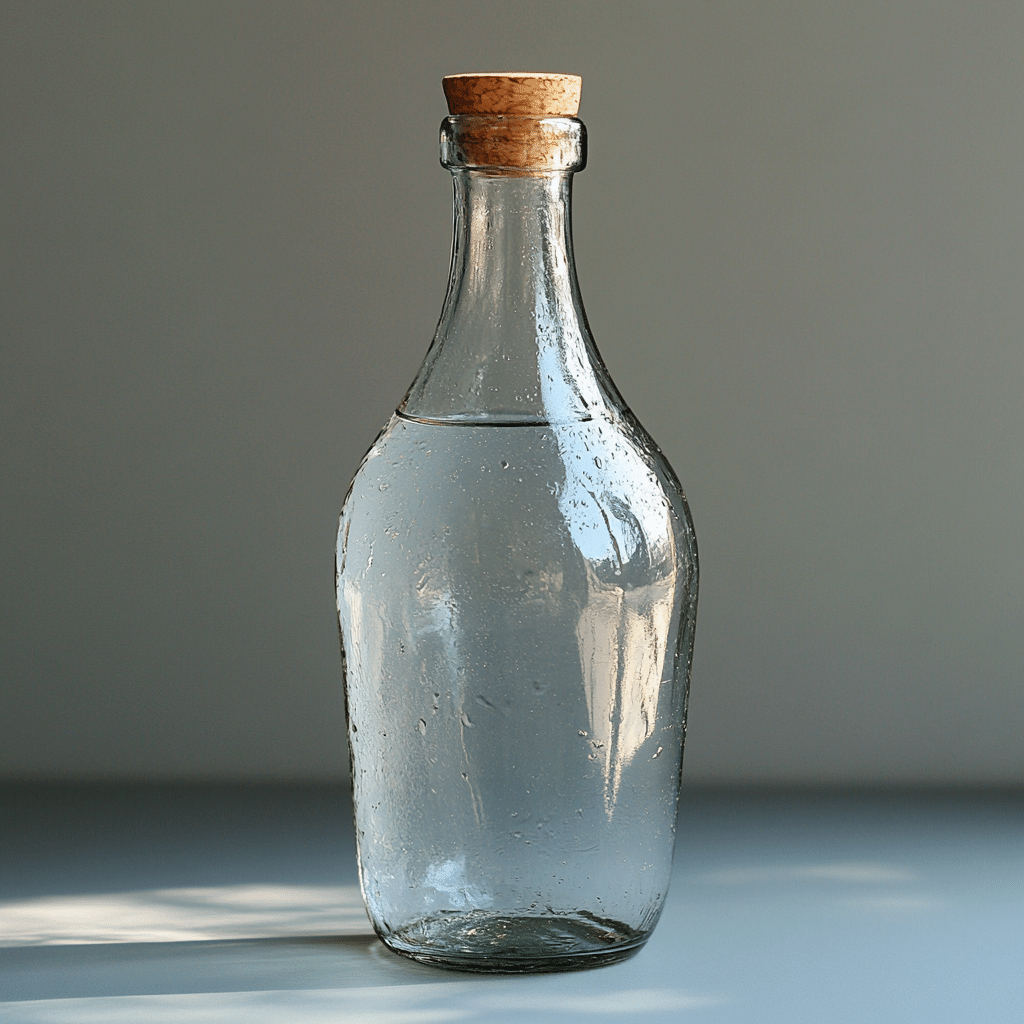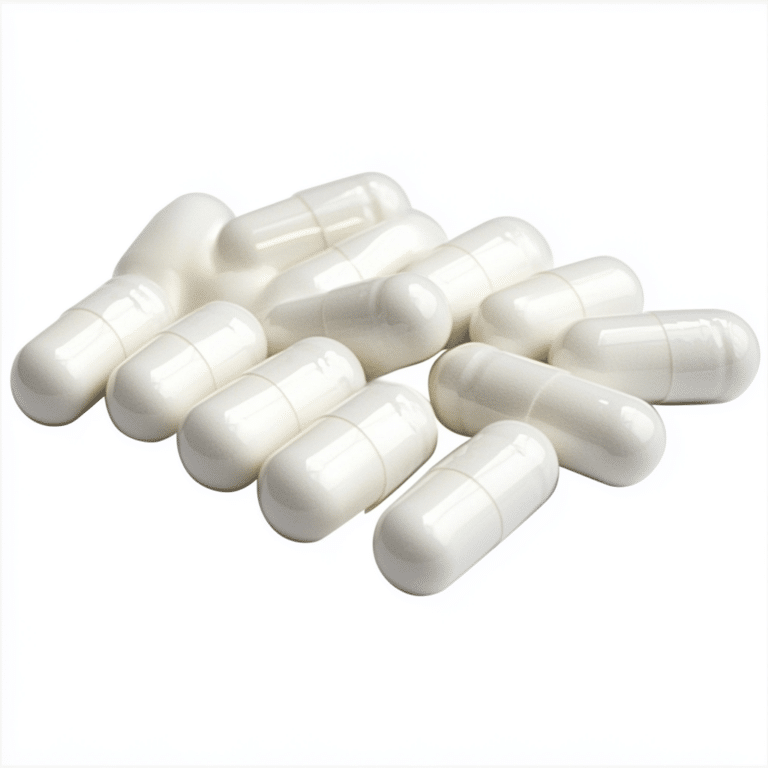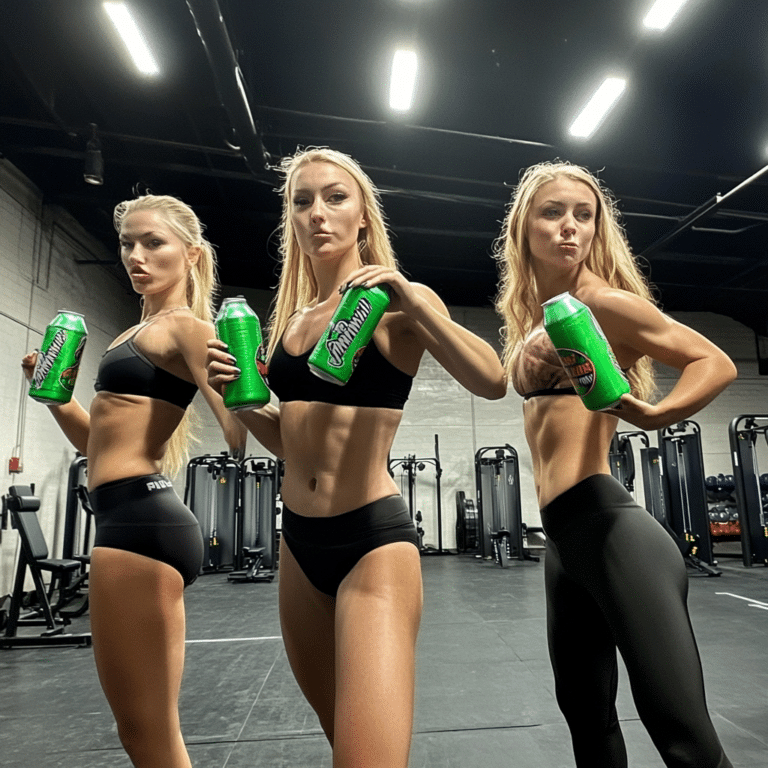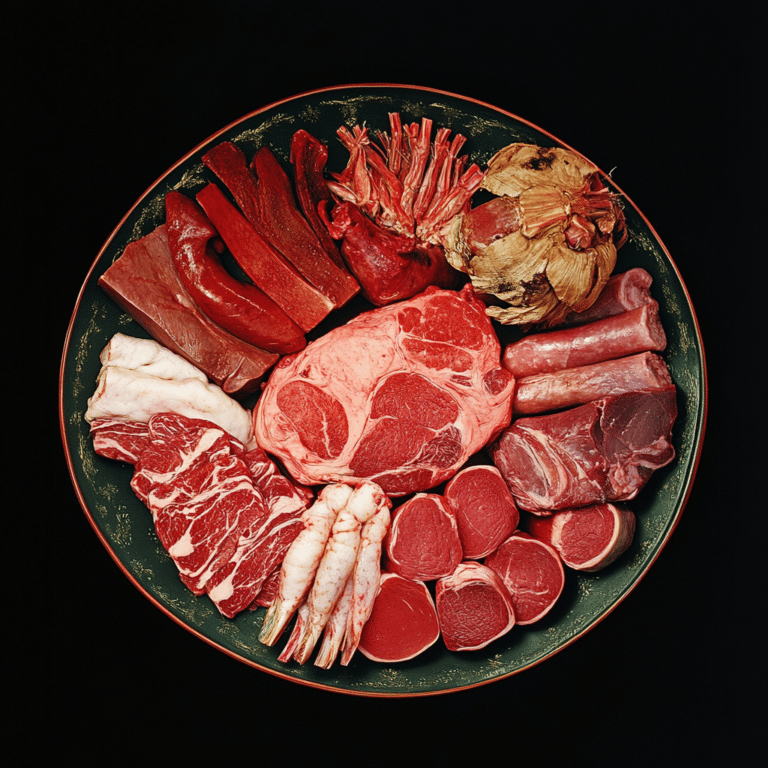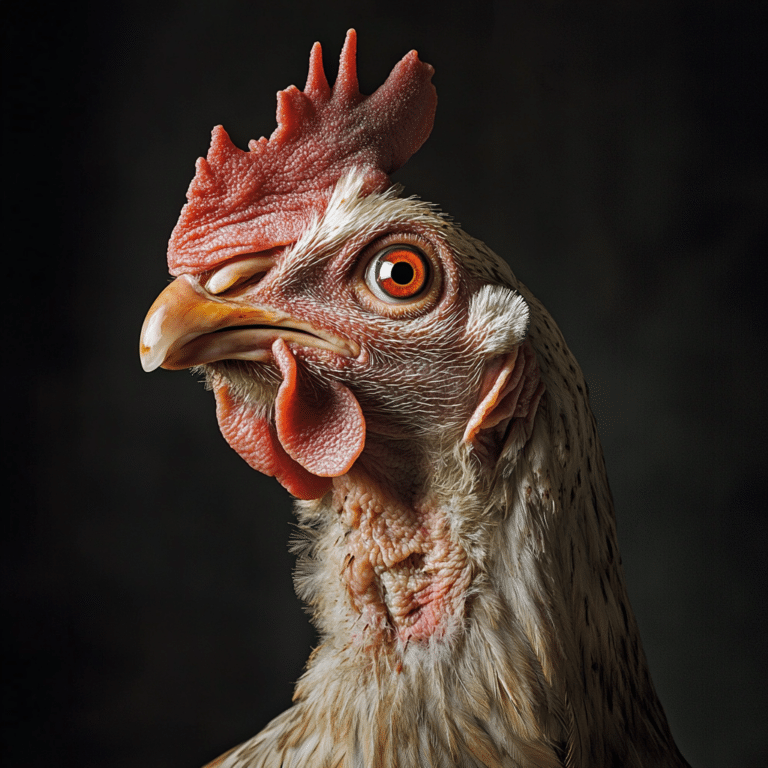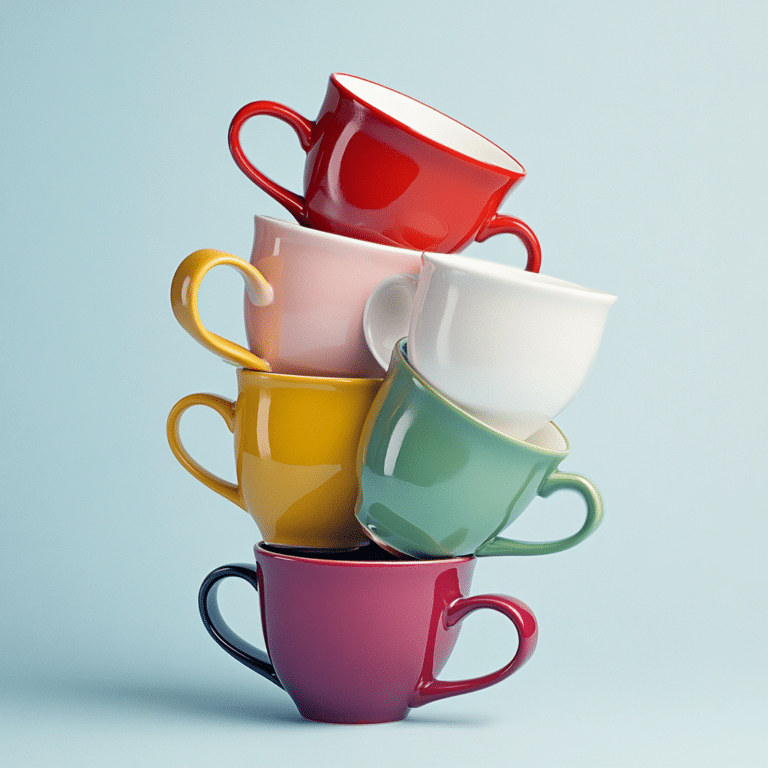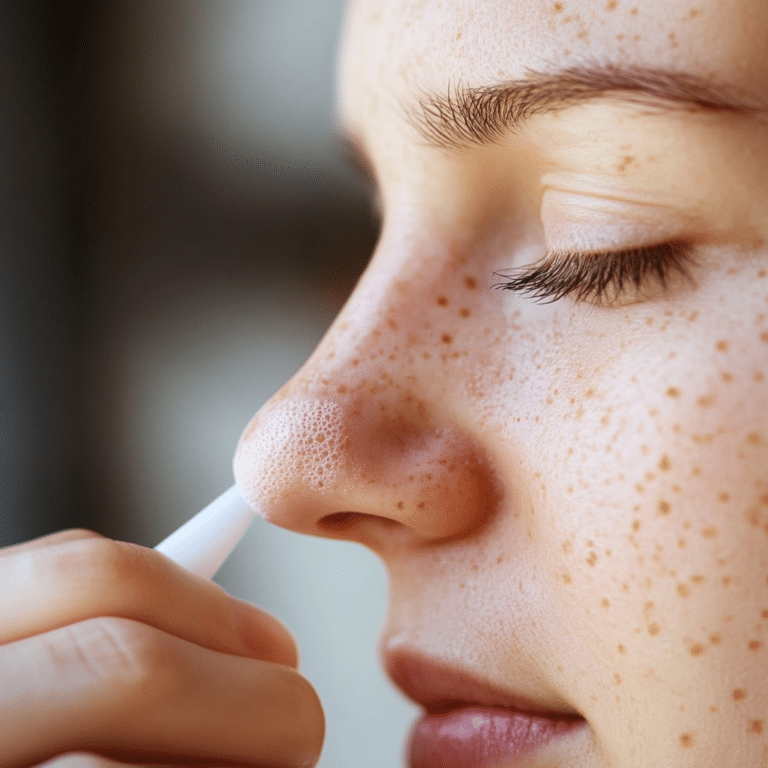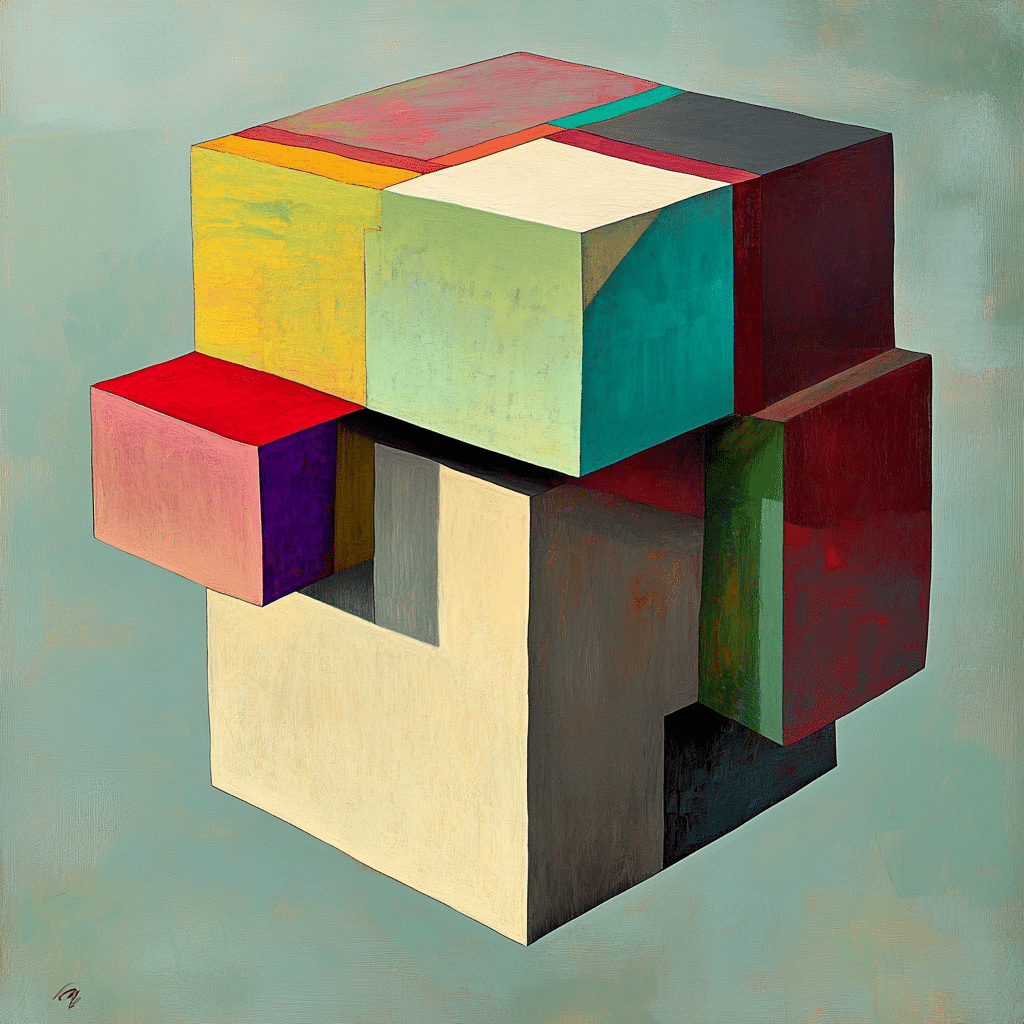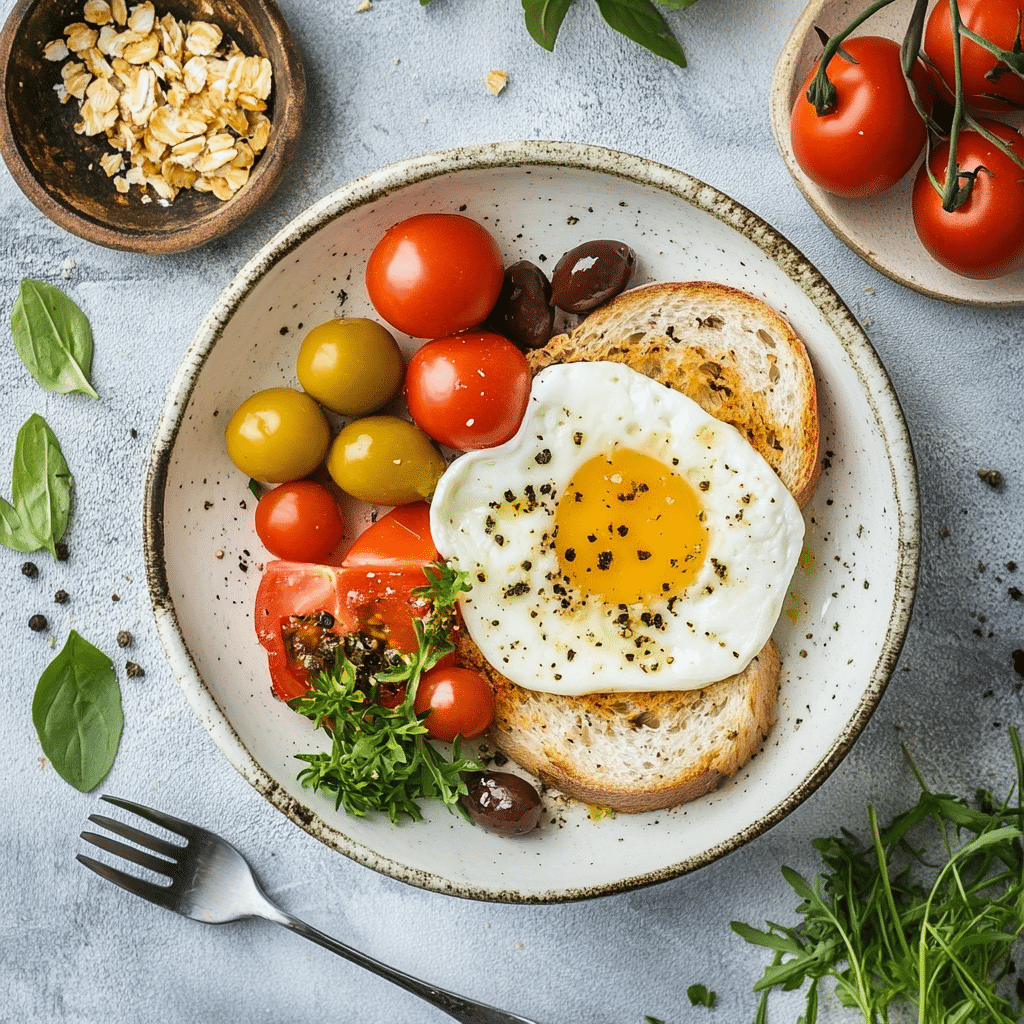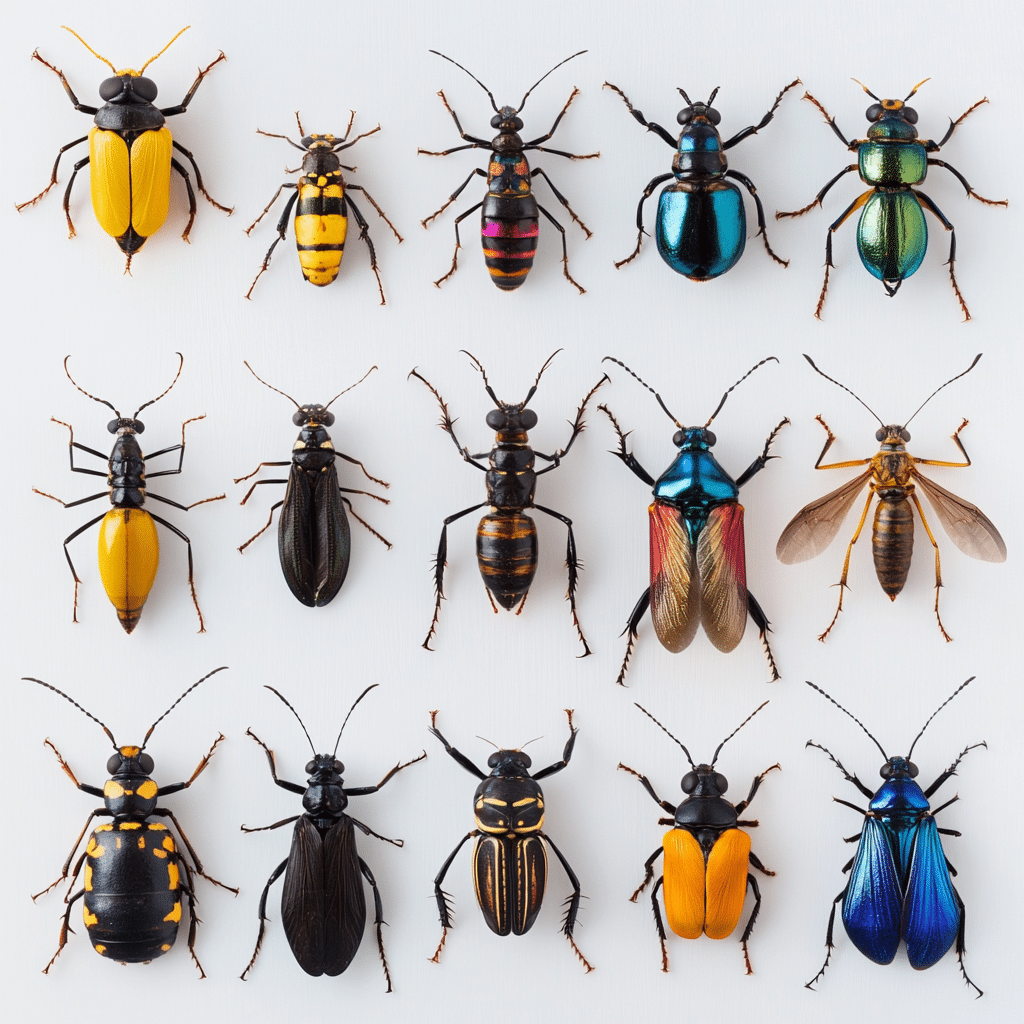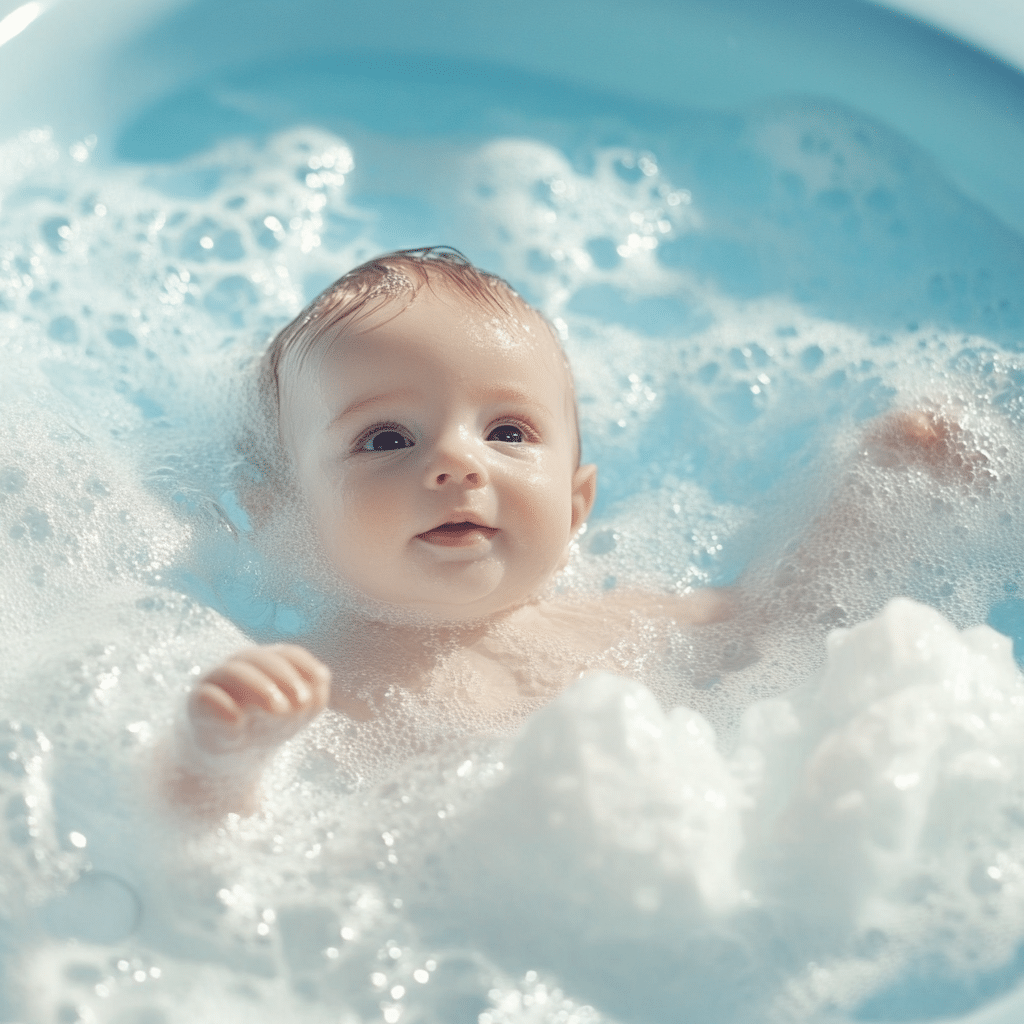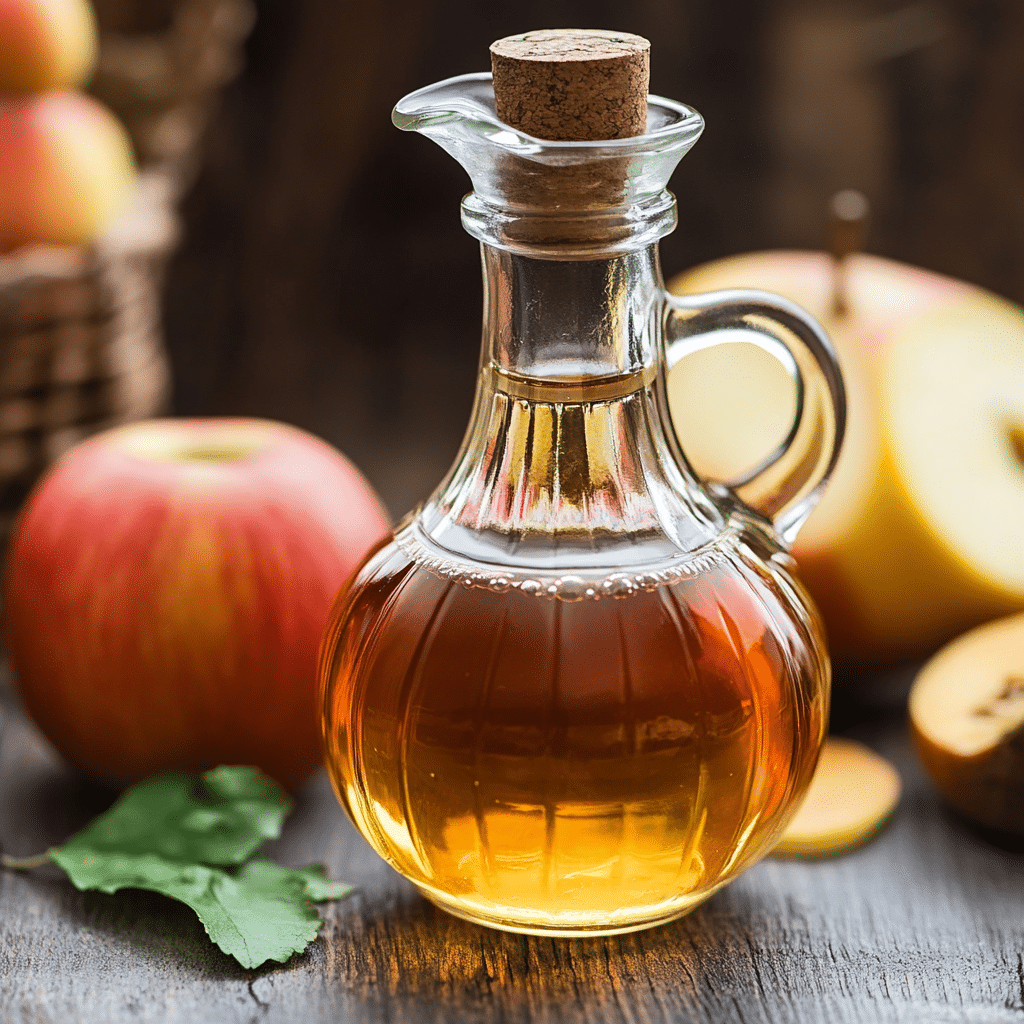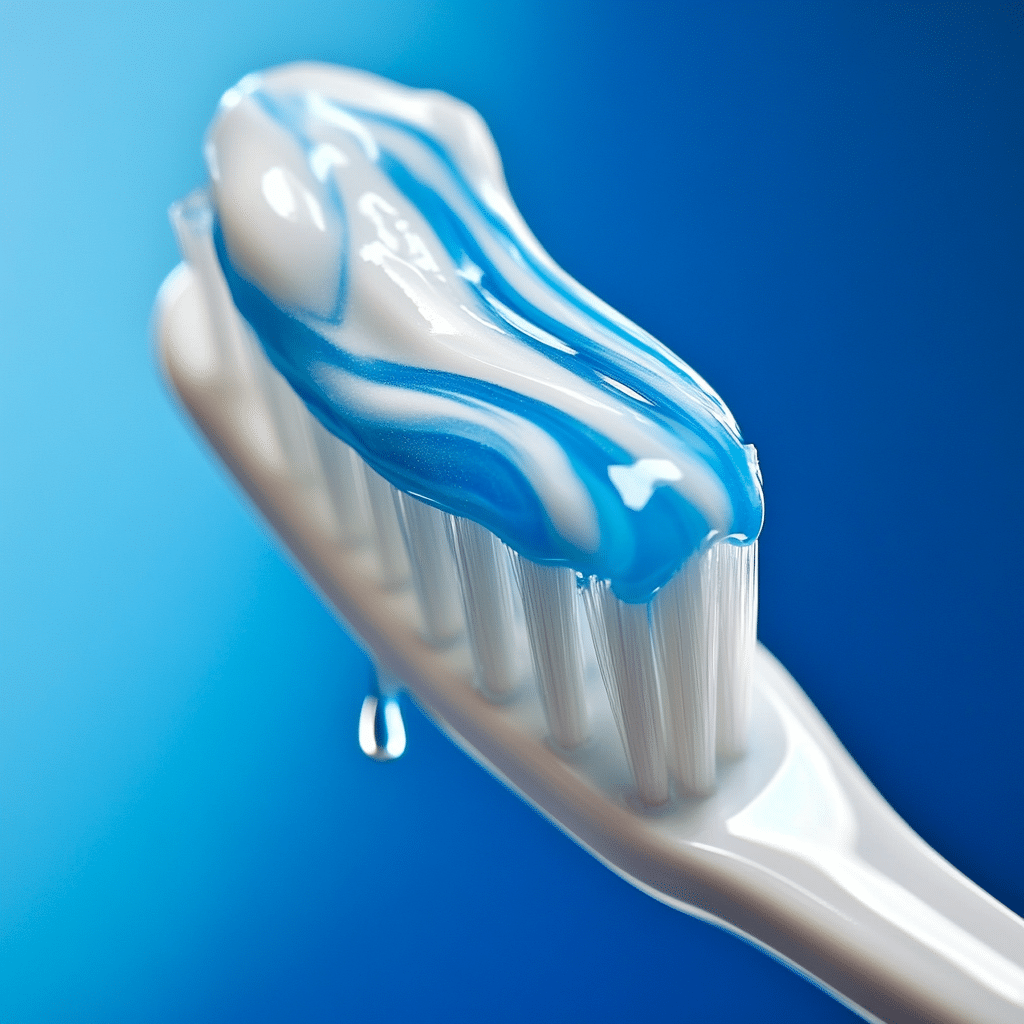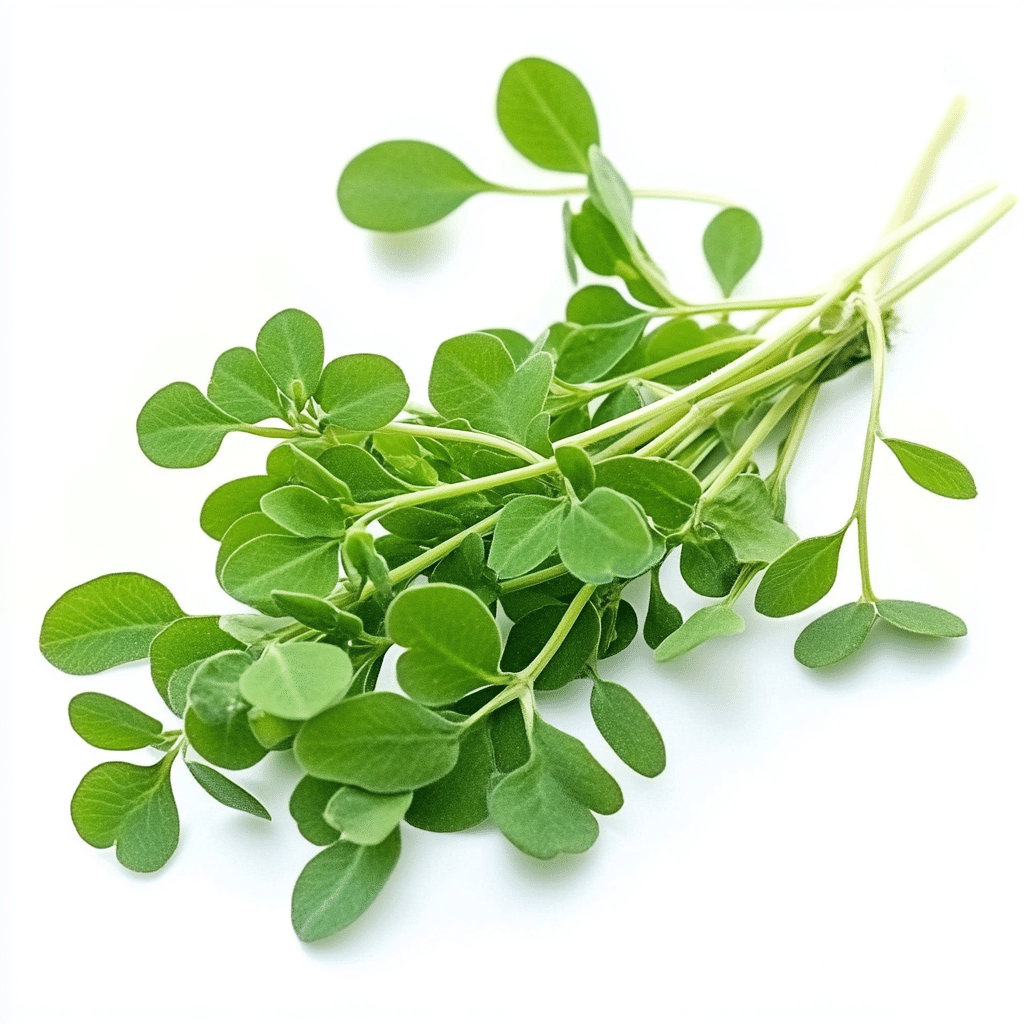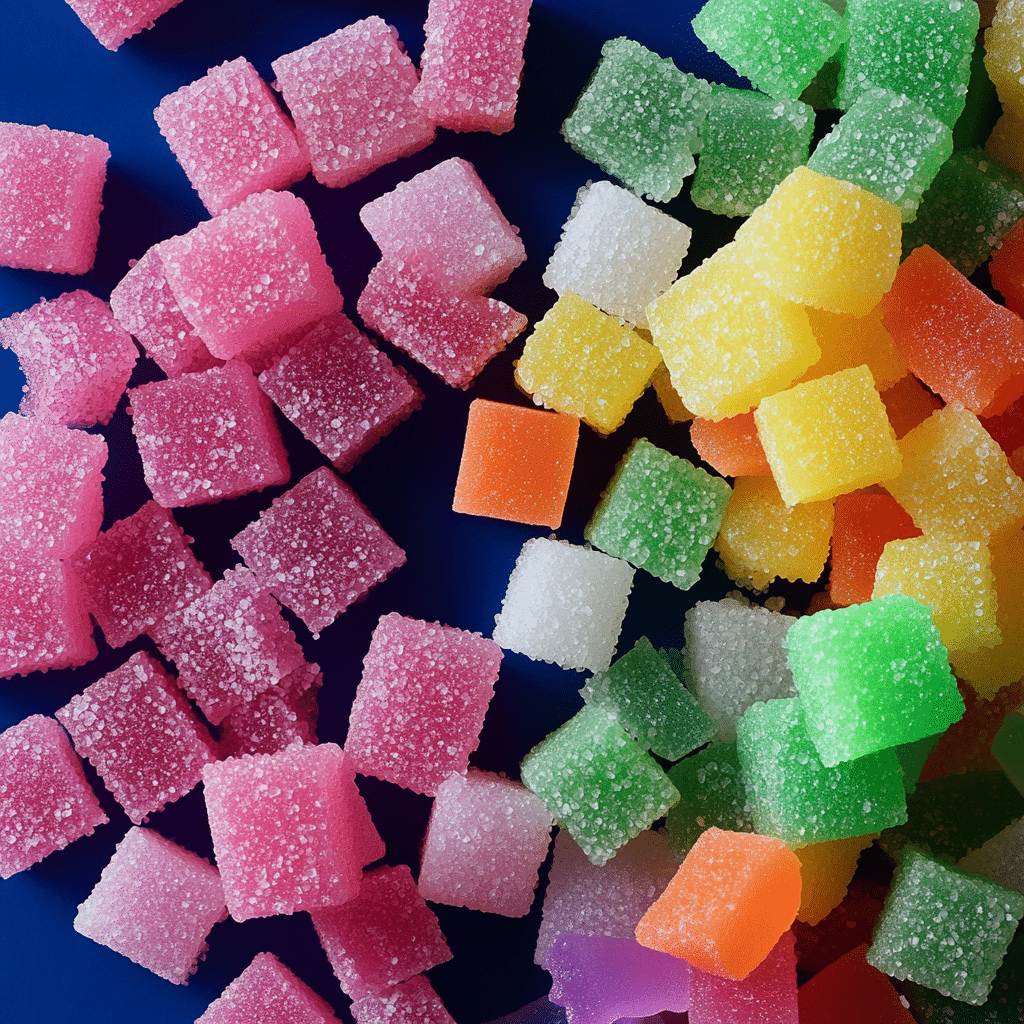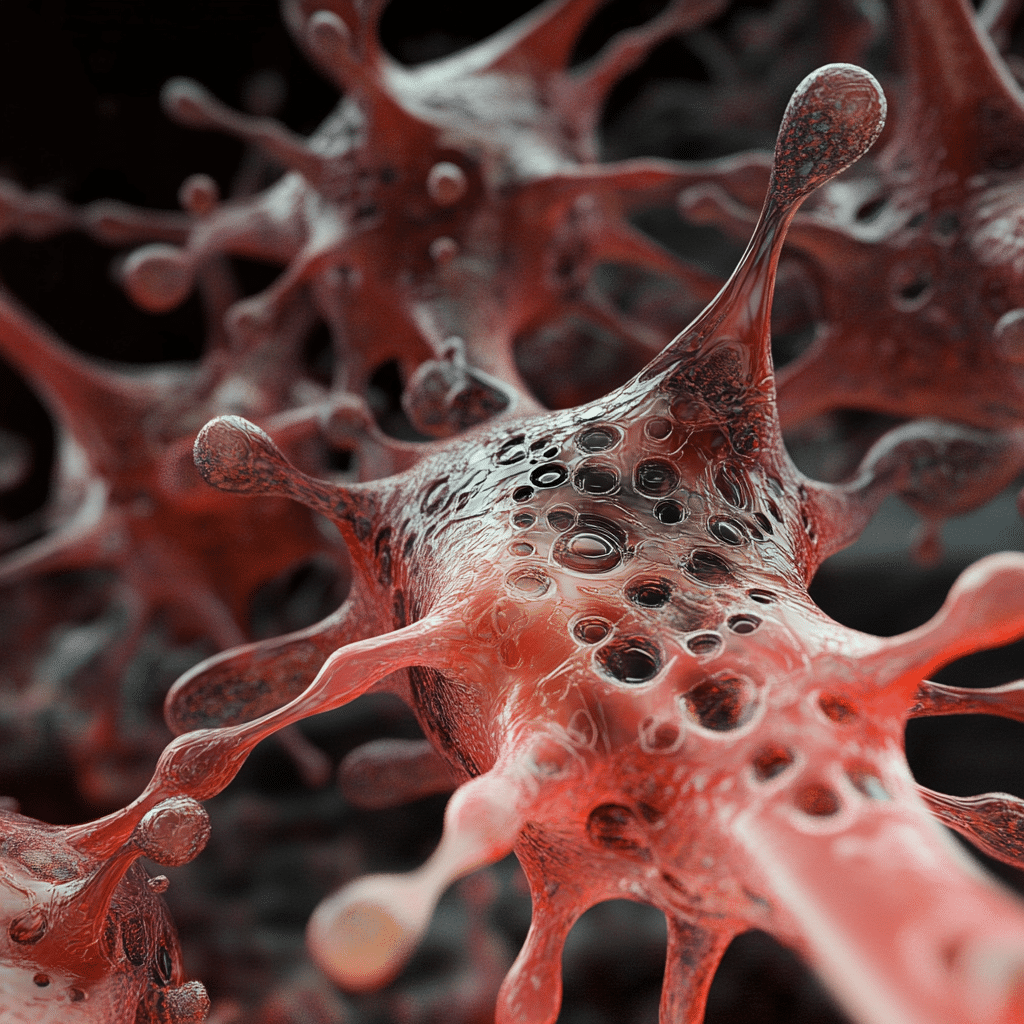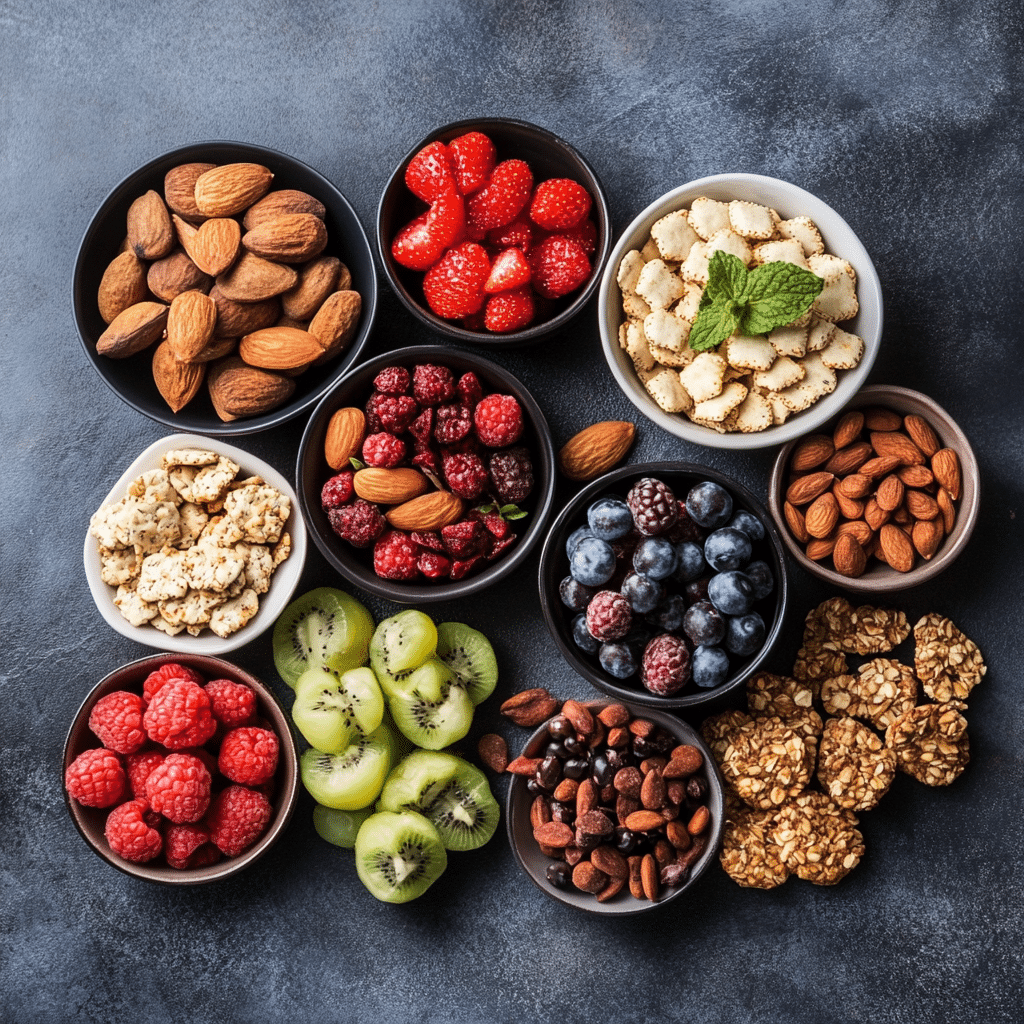Understanding liquid measurements can often lead to confusion, especially when switching between gallon, milliliters, ounces, and grams. If you’ve ever puzzled over how many milliliters are in a gallon, you’re not alone! This essential conversion can make a big difference in contexts like cooking, chemistry, and nutrition, helping you stay on track whether you’re whipping up a protein-packed meal or hydrating properly while training.

1. The Conversion: How Many Milliliters in a Gallon?
So, how many milliliters in a gallon? The answer might surprise you—a gallon equals 3,785.41 milliliters. That’s a hefty number! This conversion is especially useful in the kitchen. Think about it: if you’ve got a recipe that calls for a gallon of water, you can easily convert that into milliliters for precise cooking measurements. Whether you’re marinating chicken or prepping a huge post-workout shake, getting your conversions right is key to culinary success.
By understanding this conversion, you’re not just crunching numbers; you’re enhancing your ability to execute a great meal—or simply grabbing that gallon jug for a hydration challenge. Remember, it’s all about precision, especially when aiming to get shredded and crush your goals!
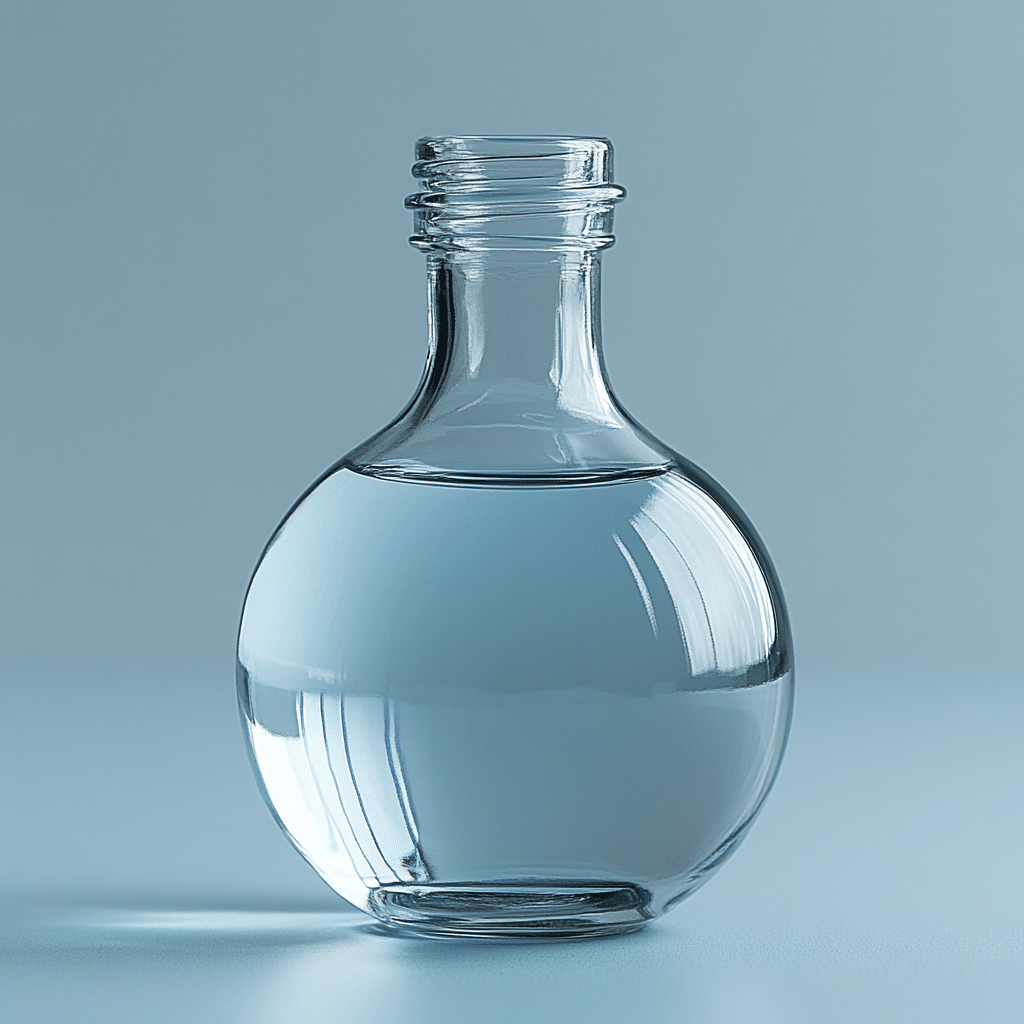
2. Putting It in Perspective: How Many Milliliters in an Ounce?
To build on our understanding, let’s break down how many milliliters are contained in an ounce. One ounce is about 29.57 milliliters, giving us even more context. Now here’s the kicker: since a gallon contains approximately 128 ounces, this means a gallon is packed with a whopping 3,785.41 milliliters! This knowledge pops up everywhere, especially for beverage companies like Coca-Cola, which market drinks in fluid ounces but have to adapt to metric measurements across the globe.
This conversion is particularly handy for fitness enthusiasts who knuckle down on hydration. If you need to drink a gallon (or 128 ounces!) a day while grinding at the gym, knowing your conversions can help ensure you’re hitting those hydration goals without missing a beat.
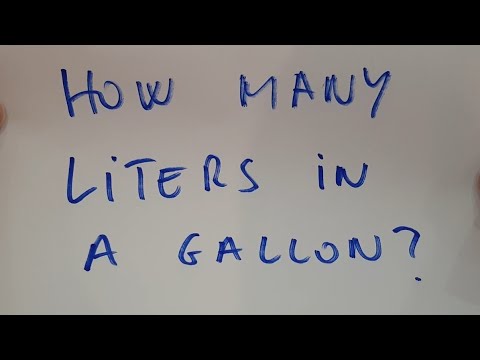
3. Exploring Liquid Weights: How Many Grams in a Kilogram?
Now, let’s tackle the frequently asked question: how many grams in a kilogram? The answer is straightforward: there are 1,000 grams in a kilogram. This is another crucial conversion, particularly when cooking and nutrition come into play. When working with liquids like water, 1 liter (or 1,000 milliliters) roughly equals 1 kilogram. This correlation is vital for nutritionists and diet planners who rely on precision in meal proposals.
So, whether you’re preparing a delicious meal or planning your daily macronutrient intake, knowing how many grams are in a kilogram can help you navigate your nutritional needs more efficiently.
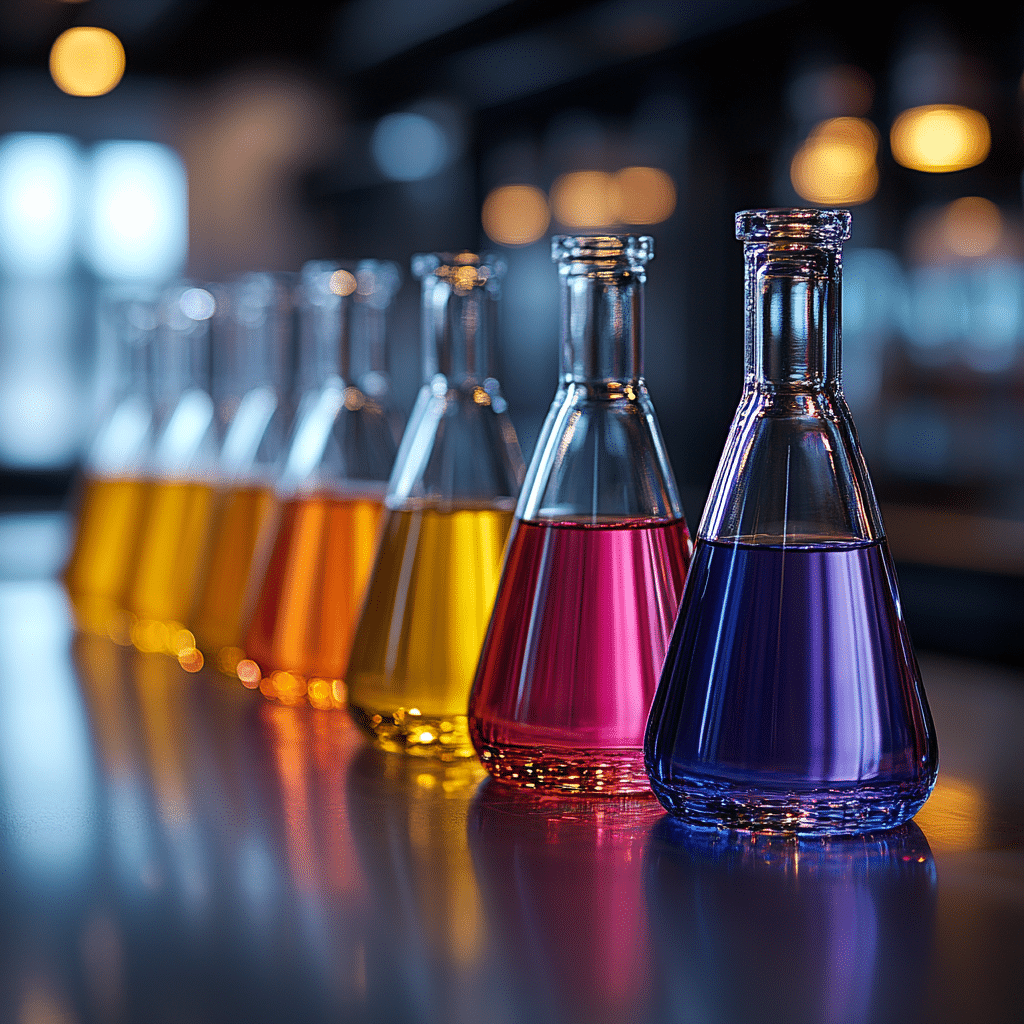
4. Different Measurements in Context: How Many Grams in a Pound?
When shifting focus from metric to imperial systems, it’s also critical to pinpoint how many grams lurk in a pound. Drumroll, please! There are 453.592 grams in a pound. For fitness enthusiasts who keep a close eye on their food intake, this knowledge is golden! Many folks weigh their meals in pounds, making it a bit perplexing when it comes to portion sizes.
Understanding this conversion allows anyone from bodybuilders to everyday gym-goers to better calculate their intake, gaining control over their nutrition like a pro. Imagine grabbing a bag of Chicken Breast from the grocery store—if it weighs a pound, you now know how much it weighs in grams, allowing you to portion correctly for ripped gains.

5. Weight and Volume Relationship: How Many Ounces Are in a Pound?
Now let’s dive a bit deeper into the connection between weight and volume. How many ounces are in a pound? There are 16 ounces in a pound. This relationship becomes important for athletes and bodybuilders who measure both food intake and supplement dosages. For example, if a protein powder label states a serving size of 1 pound, knowing how many ounces that translates to can help you measure your daily intake more accurately.
This becomes a game changer! If you’re keeping track of your macros or hydrating during intense workouts, these conversions are going to save you a ton of headaches. No more muddy math—just straightforward adjustments that keep you on the path to success.
6. Practical Applications and Examples of Liquid Conversions
Example 1: Cooking and Recipes
In the kitchen, understanding these conversions can improve your cooking outcomes dramatically. Suppose a gourmet recipe requires 2 gallons of stock; knowing that converts to about 7,570.82 milliliters can ensure a well-measured outcome. Flavors meld seamlessly, resulting in dishes you’ll be proud to serve. This precision is essential for any culinary badass looking to impress!
Example 2: Fitness and Nutrition
Let’s face it; athletes may need to consume a gallon of water daily during intense training. That’s 128 ounces, and knowing its volume in milliliters can help track hydration goals effectively! Hydration equals performance. You’ll be lifting more, running faster, and getting that chiseled physique you desire!
Example 3: Commercial Industry
In the beverage industry, brands like Pepsico might face challenges related to scaling production when converting units, especially when exporting to countries that utilize the metric system. Understanding conversions matters not just in the kitchen or gym, but behind the scenes in manufacturing too.
Viewing Essentials: Why Knowing These Conversions Matters
Understanding how these measurements interact offers valuable insights across various fields, including cooking, fitness, and manufacturing. A simple misunderstanding could lead to improperly cooked food or inaccurate dietary intake. Keeping these conversions within reach can save both time and resources, giving you a distinct edge both in the kitchen and at the gym.
Final Thoughts
Mastering your understanding of liquid measurements—especially the surprising number of milliliters in a gallon—can bridge gaps between culinary arts, nutritional planning, and industrial operation. Next time you’re reaching for that gallon jug or measuring out ounces, you can confidently convert with ease. Knowing these relationships can open paths to greater accuracy, whether you’re cooking a meal, preparing for a competition, or just trying to stay fit.
Motivation Behind the Numbers
Remember, every ounce counts when you’re sculpting your best self. Fueling your body with the right amount of nutrients, measuring precisely, and drinking enough water can propel you toward your goals faster. So grab that gallon jug, embrace the numbers, and crush those workouts! Get out there and show the world what you’re made of—it’s time to achieve greatness!
How Many Milliliters in a Gallon: Fun Facts and Trivia
When you hear the question, “how many milliliters in a gallon,” you might think it’s just about measurements. But there’s a lot more to it! One US gallon is equal to 3,785.41 milliliters. Crazy, right? Just imagine how you’d need to juggle a whole gallon of water, which weighs about 8.34 pounds—almost like lifting weights! Speaking of weights, if you’re curious about converting kilograms to pounds, 105 kg To Lbs is another fun mathematical trick to keep in your pocket. It’s always handy to know how to convert your personal bests into one system or the other.
Now, here’s a neat tidbit: Did you know that the term “gallon” has its roots in the Old Northern French? That’s right! It originally meant “a measure of liquid.” Just think about how much you could fill up with that—whether it’s juicy Gooseberries for a pie or enough water to quench a big family’s thirst. And while we’re talking about mixing things up, the conversion from gallons to milliliters can sometimes feel like navigating through a maze—you’ll want to have your facts straight, much like figuring out the right co-op definition when looking for apartments.
Let’s dive deeper! In your quest to finally answer how many milliliters in a gallon, note that there are also different types of gallons. The ‘imperial gallon’ (used in the UK) holds about 4,546 milliliters! Now that’s quite the difference, isn’t it? Just like the varying functions of the corpus callosum, which connects both sides of your brain, understanding these different measurements can help you think more critically. Plus, measuring out ingredients accurately is crucial whether you’re trying to bake or mix the perfect cocktail.
As a final fun fact, did you know that the problem of measurement can sometimes lead to amusing situations, like the unusual fixation some have with the concept of Sexo oral? Whether in recipes or life, understanding the little details can be quite enlightening! So, the next time someone quizzes you on how many milliliters in a gallon, you’ll not only have the answer ready but might even throw in some interesting trivia to keep the conversation lively!
